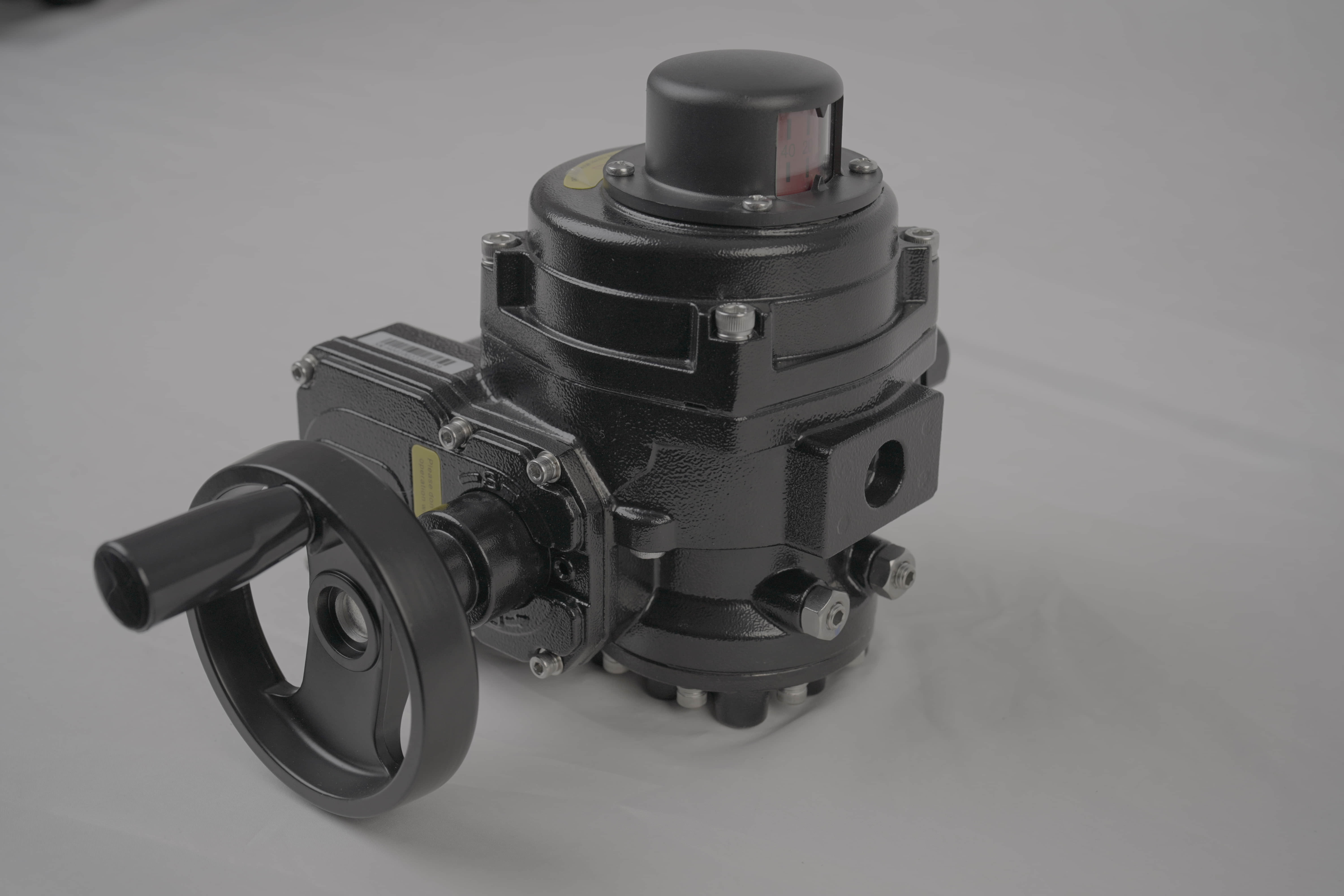stainless steel lithium battery valve: enhancing safety and performance in modern battery technology
Release time:2025-02-02 14:33:11
The demand for more efficient and reliable energy storage solutions has led to significant advancements in lithium battery technology. As lithium-ion batteries are used in an increasingly wide range of applications—from consumer electronics to electric vehicles—the importance of ensuring their safety, performance, and longevity has never been higher. One critical component that plays a pivotal role in these areas is thestainless steel lithium battery valve. This seemingly small but essential component serves as a vital safety feature, contributing to the overall integrity of the battery system.

The Role of a Lithium Battery Valve
A lithium battery valve, often referred to as apressure relief valve, is designed to regulate the internal pressure of the battery during charging, discharging, or in response to temperature fluctuations. Lithium-ion batteries, like all rechargeable batteries, undergo chemical reactions during use that can sometimes lead to the buildup of gas. If this pressure becomes too high, it could cause the battery to rupture or catch fire, which is why having an effective valve mechanism is critical.
The primary function of the valve is to release excess pressure and prevent dangerous situations, such as thermal runaway, which could cause catastrophic failure. In the event of an internal short circuit, overcharging, or other fault conditions, the valve provides a controlled means of pressure release, helping to protect the battery’s integrity and the surrounding environment.

